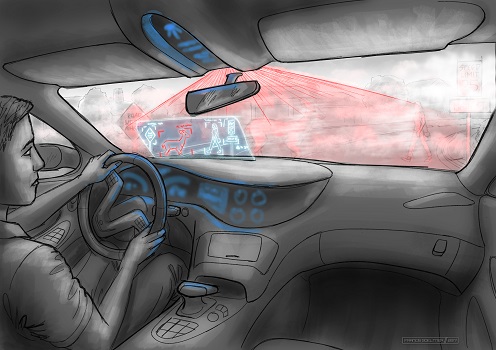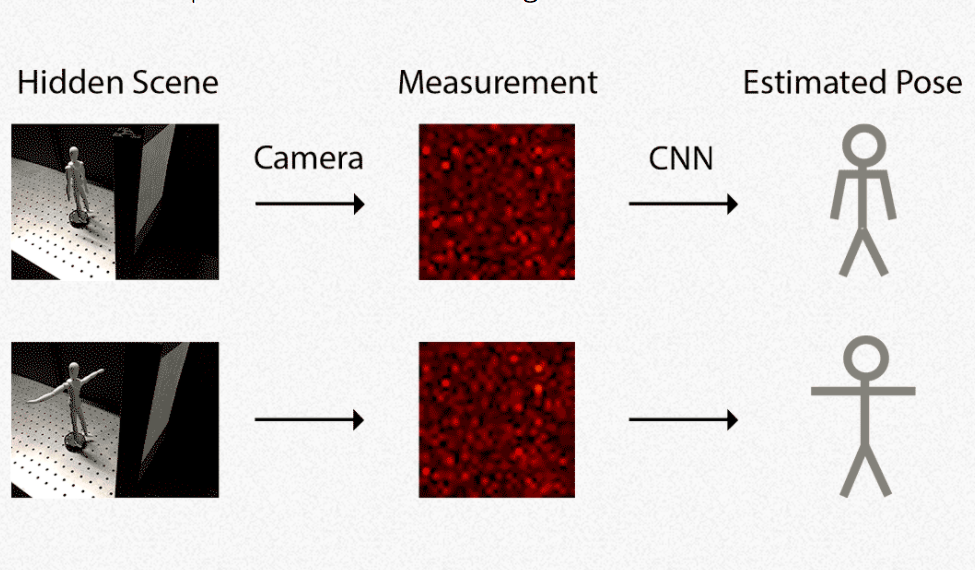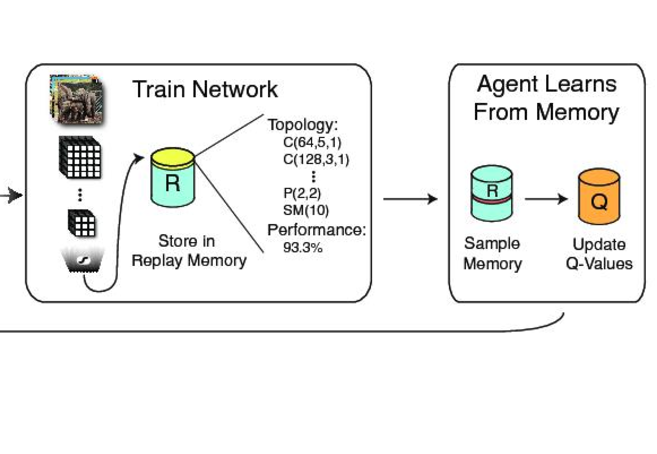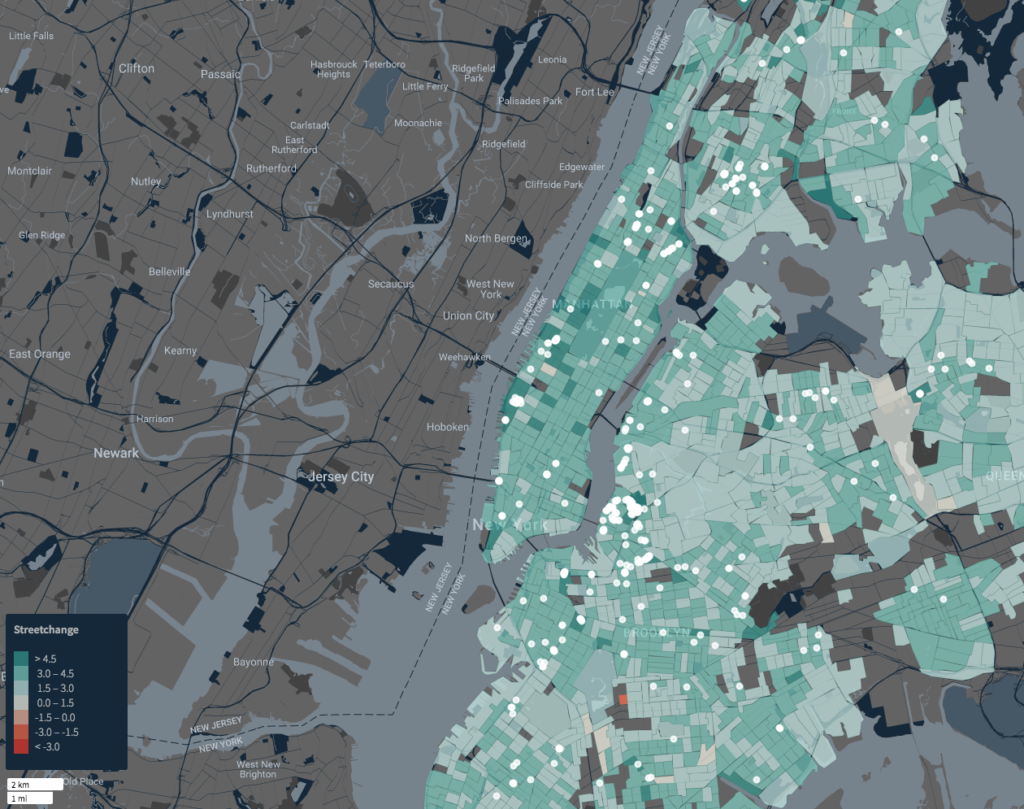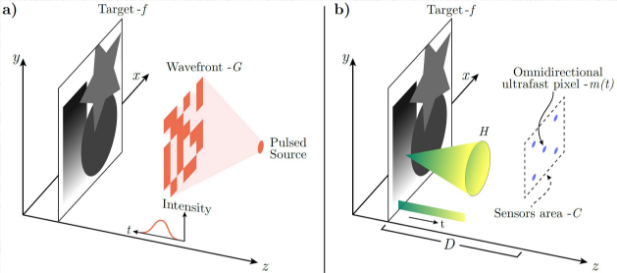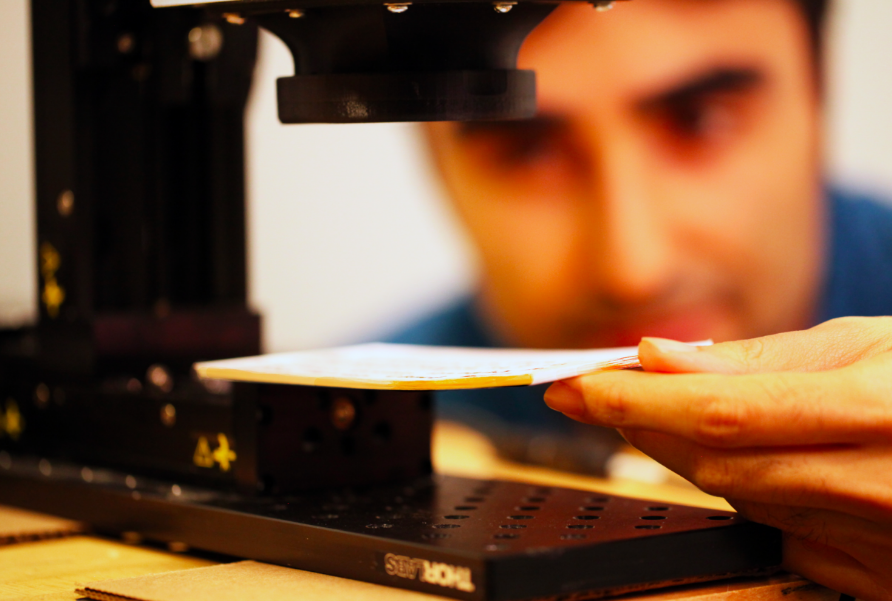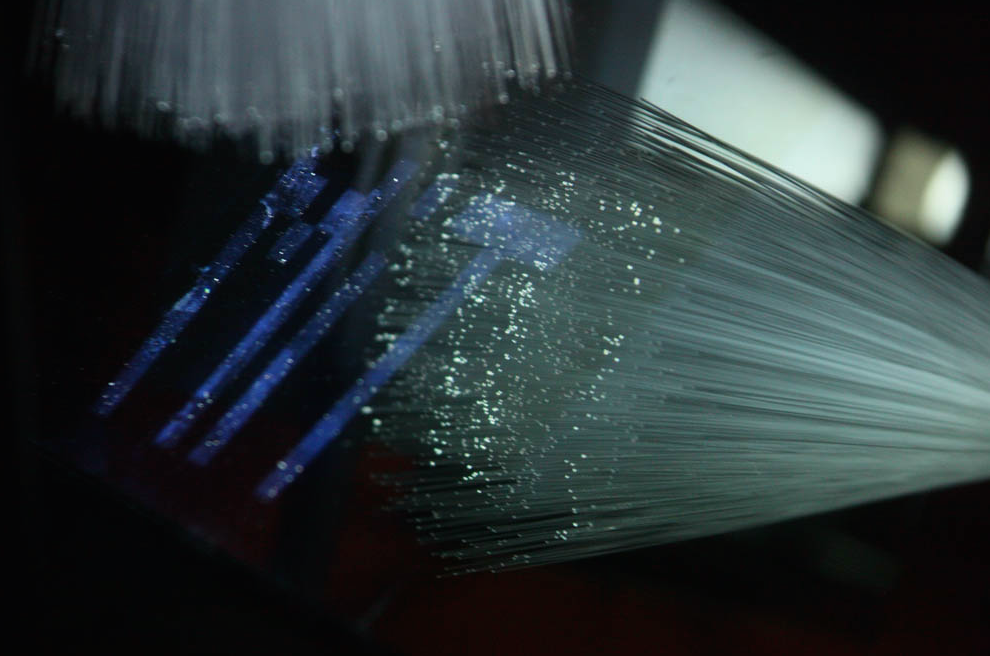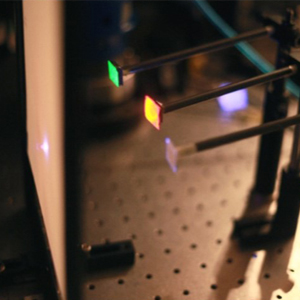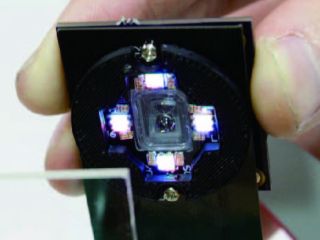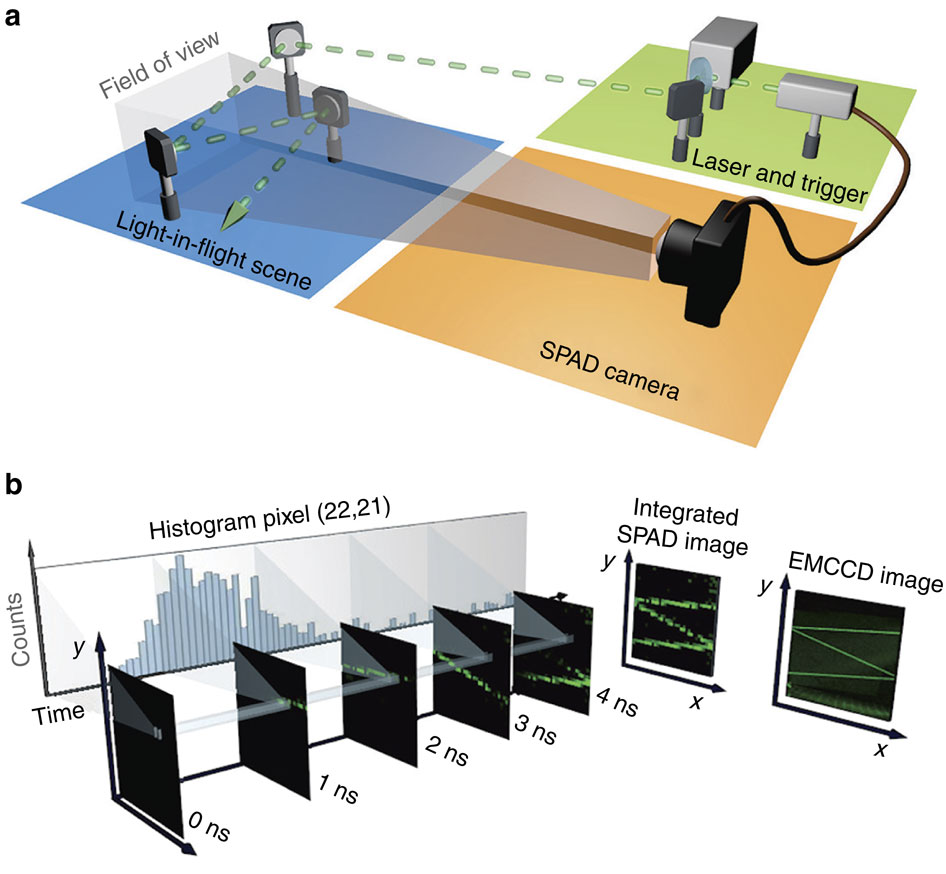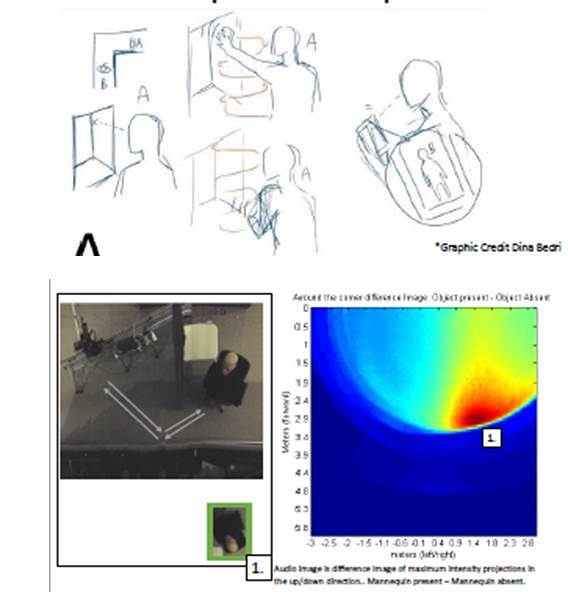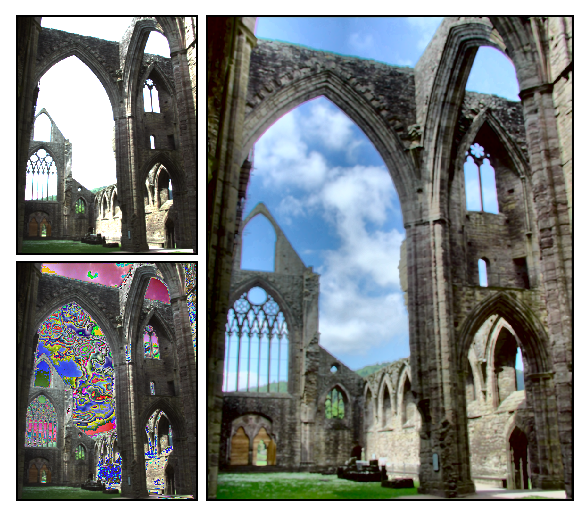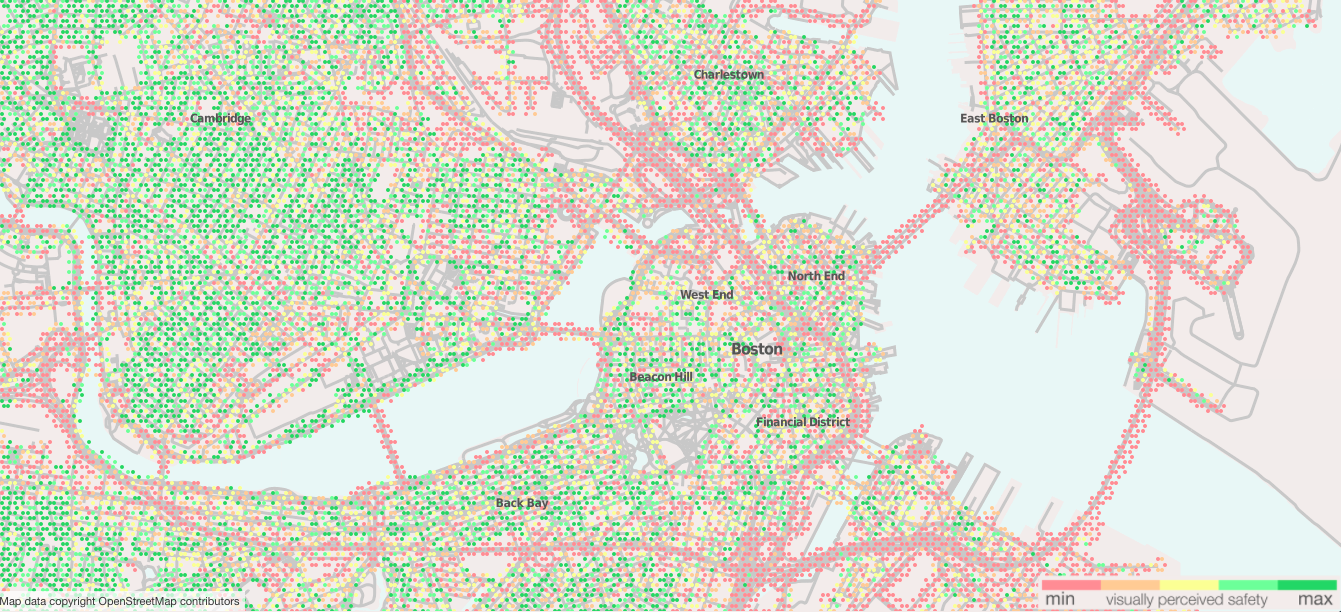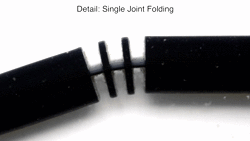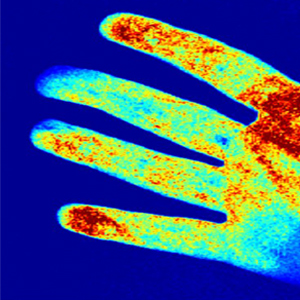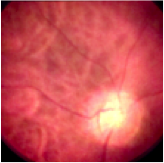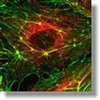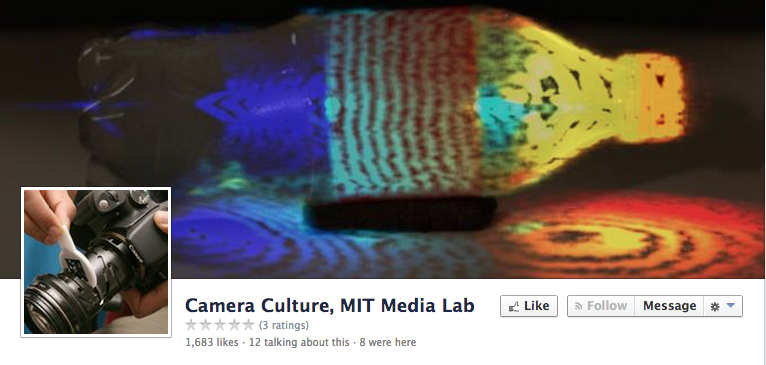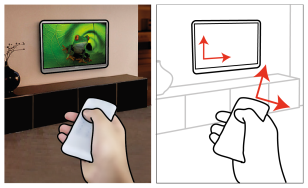Research
All
Limitless Photons
Health and Wellness
Visual Social Computing
Human-Computer Interaction
Seeing Through Realistic Fog
Calibration Invariant Imaging
Object Classification through Scattering Media
with Deep Learning
Architecture Selection for Deep Neural Networks
Efficient lensless imaging with a femto-pixel
Lensless Imaging with Compressive Ultrafast Sensing
Can computers read through closed books?
Terahertz time-gated spectral imaging for content extraction through layered structures
Optical Brush
An open-ended bundle of optical fibers that is enabled with time of flight technology to image and sense through complex environments
Locating and classifying fluorescent tags behind turbid layers using time-resolved inversion
Using time resolved and sparse optimization framework to locate and classify fluorescent markers hidden behind turbid layer
Single-photon sensitive light-in-fight imaging
With single photon sensitivity SPADs can now be used to image the very scattering of the air molecules in ultrafast speeds.
Seeing Around Corners with a Mobile Phone? Synthetic Apertuer Audio Imaging
Creating audio images using a microphone and speaker which are waved in the air
Unbounded High Dynamic Range Photography using a Modulo Camera
We show that with limited bit depth, very high radiance levels can be recovered from a single modulus image with our newly proposed unwrapping algorithm for natural images.
Sub-pixel Layout for Super-resolution
A novel super-resolution framework by exploring the properties of non-conventional pixel layouts and shapes.
Active Printed Materials for Complex Self-Evolving Deformations
We propose a new design of complex self-evolving structures that vary over time due to environmental interaction.
Tailored Displays
A display that allows to free the viewer from needing wearable optical corrections when looking at it.
Retinal Imaging
With simplified optics and clever illumination, we visualize images of the retina in a standalone device easily operated by the end user, enabling disease diagnosis.
Imaging Through Skin
We utilize high spatio-frequency patterns with state of the art dictionary learning algorithms to enhance vein structures under the skin.
Compressive Light Field Camera
A frugal camera design exploiting the fundamental dictionary of light fields for single-shot capture of light fields at full sensor resolution.
Tensor Display: Glasses-free 3D HDTV
Compressive light field displays employing a stack of time-multiplexed, light-attenuating layers with uniform or directional backlighting. They exhibit increased brightness and refresh rate.
Attenuation-Corrected Fluorescence Spectra Unmixing
Tensor factorization to decouple fluorescinig of multiple probes
Color Primaries
A new camera design with switchable color filter arrays for optimal color fidelity and picture quality on scene geometry, color, and illumination.
Vision Blocks
On-demand, in-browser and mobile, computer vision application-building platform for the wide public. Without prior programming experience, users create and share computer vision applications.
Flutter-Shutter
A camera that codes exposure time with a binary pseudo-sequence to deconvolve and remove motion blur in textured backgrounds and partial occluders.
High-speed Tomography
A compact, fast CAT scan machine using no mechanical moving parts or synchronization.
Bokode
Low-cost, passive optical design so that the bar codes can be shrunk to fewer than 1mm and read by ordinary cameras several meters away.
Compressive Analysis of Visual Signals
We analyze sampling strategies for reconstructing visual signals from a limited number of non-adaptive linear projections.
8D Display
By capturing and displaying a 4D light field, it can create arbitrary patterns directional illumination patterns and record their interaction with physical objects.
Shield Fields
3D reconstruction of objects from a single shot photo using spacial heterodyning.
Layered 3D
Tomographic techniques for image synthesis on displays composed of compact volumes of light-attenuating material. They can recreate 4D light field or high-contrast 2D image.
Efficient Rendering for Compressive Displays
Combining sampling, rendering, and display-specific optimization into a single framework, the algorithm facilitates light field synthesis with reduced computational resources.
Lenschat
Lenschat allows users to share mutual photos with friends and borrow the perspective and abilities of many cameras.
Augmented Light Fields
A theoretical framework that expands light field representations to describe phase and diffraction effects by using the Wigner Distribution Function.
Hologram vs. Parallax Barriers
We define connections between parallax barrier displays by analyzing their operations and limitation in phase space.
Ray-based Diffraction Model
Simplified capture of a diffraction model for computer graphics applications.
Coded Focal Stack Camera
A new camera that allows single-capture full-resolution non-planar focal surfaces imaging, post-capture refocusing, and 3D imaging.
Multi-depth Time-of-Flight Cameras
We repurpose a time-of-flight camera using coded illumination to recover time profiles of large-scale scenes and to acquire multiple depths per pixel.
Specklesense
Gesture and motion-sensing configurations based on laser speckle analysis for fast, precise, extremely compact, and low cost interactivity.
NETRA/CATRA
Low-cost cell-phone attachments that measure the eye-glass prescription and cataract information from the eye.
BIDI Screen
A thin, depth-sensing LCD for 3D interaction using light fields which supports both 2D multi-touch and unencumbered 3D gestures.
Second Skin
3D motion tracking with real-time vibrotactile feedback guides the movement and position errors to improve motor learning.

